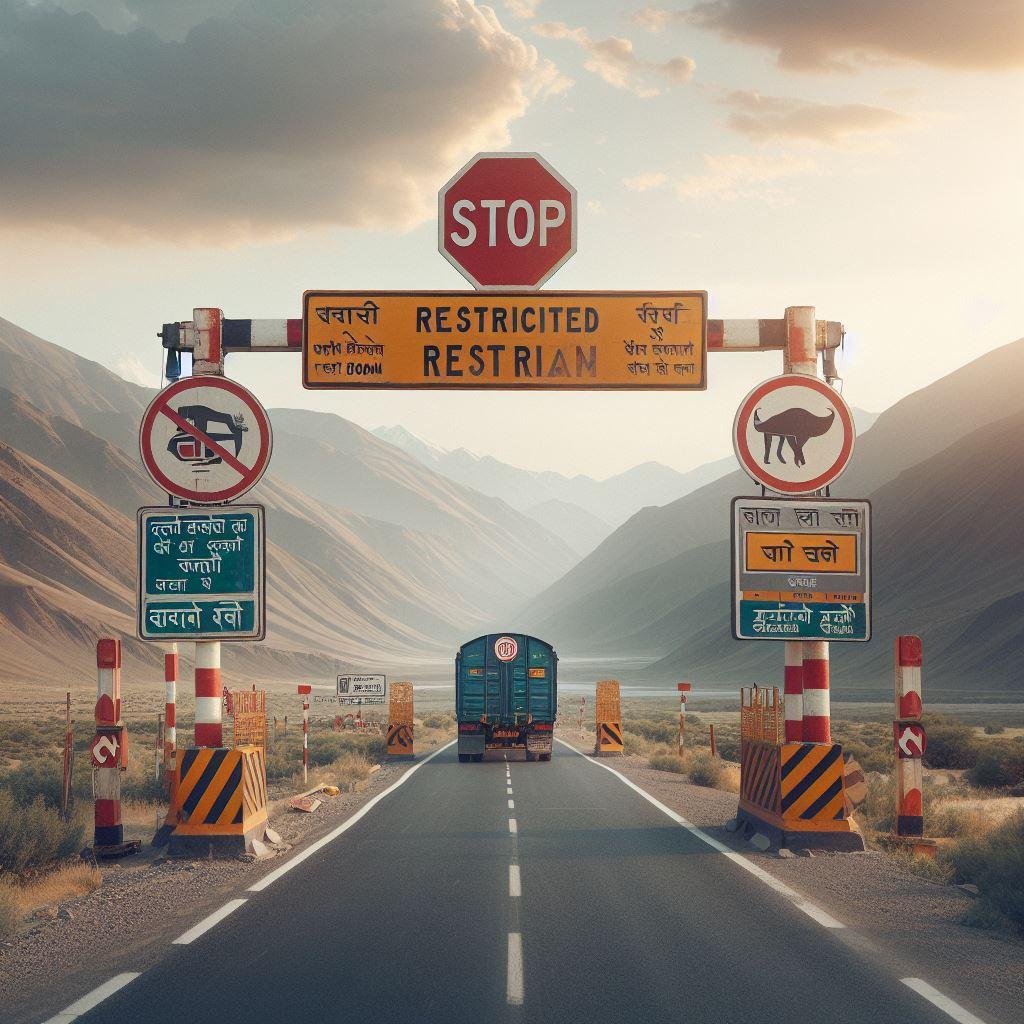India’s border regions and eco-sensitive spots hide some of its most stunning landscapes—from the misty peaks of Arunachal Pradesh to the turquoise lagoons of the Andaman Islands. But to visit these areas responsibly, foreign travelers often need a Protected Area Permit (PAP) or Restricted Area Permit (RAP). These aren’t just red tape; they’re tools to protect fragile ecosystems and local cultures while letting you experience off-the-beaten-path adventures. This guide breaks it down step by step, so you can plan with confidence and focus on the thrill of discovery.
What Are Restricted and Protected Areas?
These are remote zones near international borders or in ecologically vital areas, like high-altitude deserts or tribal homelands. They’re designated to safeguard security, biodiversity, and indigenous communities from overcrowding.
Who needs permits? Foreign nationals and Overseas Citizens of India (OCIs) must get a PAP or RAP on top of a valid Indian visa. Indian citizens? You’re good to go—no extra paperwork required. Insight: Even if you’re an OCI with an Indian passport-like card, double-check your status, as rules can vary for border zones.
Pro tip: Not all “restricted” areas block solo travelers, but permits often mandate groups of at least two and a registered tour operator to minimize impact.
Types of Permits: PAP vs. RAP
India has two main permit types, each tailored to specific regions. Here’s the breakdown:
Protected Area Permit (PAP)
This one’s for the northeastern frontier and select Himalayan pockets—think lush valleys, ancient monasteries, and snow-capped trails.
- Required for: All of Arunachal Pradesh, Manipur, Mizoram, and Nagaland; parts of Himachal Pradesh (like Spiti Valley), Jammu & Kashmir (including Ladakh’s border areas), Rajasthan (western desert fringes), and Uttarakhand (near China border). Sikkim is partially under PAP, especially for Tibetan settlements.
- Issued by: Indian embassies/consulates abroad, the Ministry of Home Affairs (MHA) in New Delhi, or Foreigner Regional Registration Offices (FRROs) in cities like Delhi, Mumbai, or Kolkata.
- Key details: Typically for group travel (min. 2 people) along a pre-approved route and dates—up to 10 days, with a possible 7-day extension. You’ll get a fixed itinerary listing allowed spots and checkpoints. No changes once issued, so plan meticulously.
- What to carry: Multiple photocopies of your PAP, passport, and visa. Officials check these at every stop—losing them could derail your trip.
Added insight: For Tibetan settlements across India (like in Ladakh or Bylakuppe), apply for a special PAPVT variant online at least a month ahead. It’s free but ensures you respect monastic protocols.
Restricted Area Permit (RAP)
Easier to snag for island escapes and eastern hills, but still enforces limits on untouched marine and forested areas.
- Required for: The entire Andaman & Nicobar Islands (except Port Blair and a few southern spots—check for updates on islands like Havelock) and non-PAP parts of Sikkim.
- Issued by: Same as PAP—embassies abroad, immigration at entry ports (like airports), MHA Delhi, or FRROs.
- Key details: Valid for 15-30 days, often solo-friendly but with route restrictions. Great for diving in Andamans or trekking Sikkim’s trails, but no-go zones protect tribal reserves like North Sentinel Island.
Insight: RAPs are quicker to process (sometimes same-day at ports), but Andaman ferries book up fast—pair your permit with advance bookings.
Step-by-Step: How to Apply for Your PAP or RAP
Don’t leave this to the last minute—processing takes 15-30 days. Most applications are now online via the e-FRRO portal, making it straightforward from anywhere.
- Research your route: Use official MHA lists or sites like indianfrro.gov.in to confirm if your spots need a permit. Tools like Google Maps won’t flag this—cross-check with travel forums or agents.
- Gather docs: Passport (valid 6+ months), visa copy, 2 passport photos, flight itinerary, hotel bookings, and a detailed travel plan (dates, places, group details if required).
- Apply online: Head to https://indianfrro.gov.in/efrro/home. Register, select PAP/RAP, fill the form (specify exact visit spots), upload docs, and pay the $30 fee (non-refundable).
- Submit and wait: If abroad, apply 30+ days before arrival; in India, 15+ days ahead via local FRRO. Track status online.
- Collect and print: Download the e-permit once approved—print multiples. If denied (rare, but happens for security reasons), appeal via MHA or tweak your itinerary.
Tip: Use a registered Indian tour operator—they handle apps for $50-100 extra and ensure compliance. Common mistake: Vague itineraries get rejected—be precise, e.g., “Tawang Monastery, Arunachal, Oct 15-20.”
Added value: Pair your permit with sustainable stays, like homestays in Nagaland run by local tribes. Travelers report these spots feel worlds away from touristy Goa—raw, real India.
Explore Responsibly: Why It Matters
Securing a PAP or RAP isn’t bureaucracy—it’s your ticket to India’s unspoiled edges, from bioluminescent beaches in Andamans to rhododendron blooms in Sikkim. By following rules, you help preserve these treasures for future explorers. Respect no-photo zones, support local guides, and leave no trace. Your trip? Not just a vacation, but a mindful dive into one of the world’s most diverse landscapes.
Categories :


